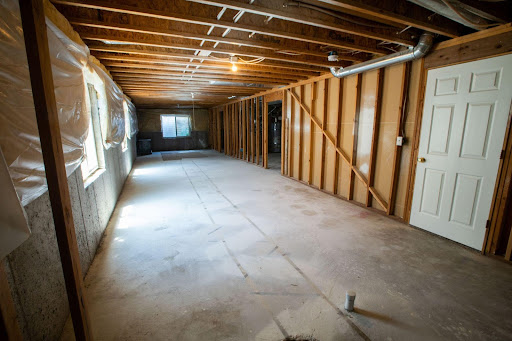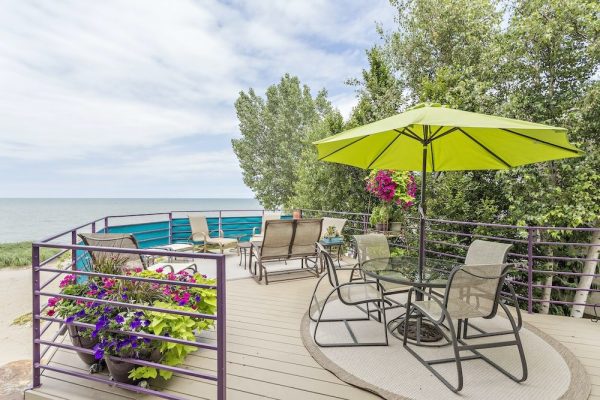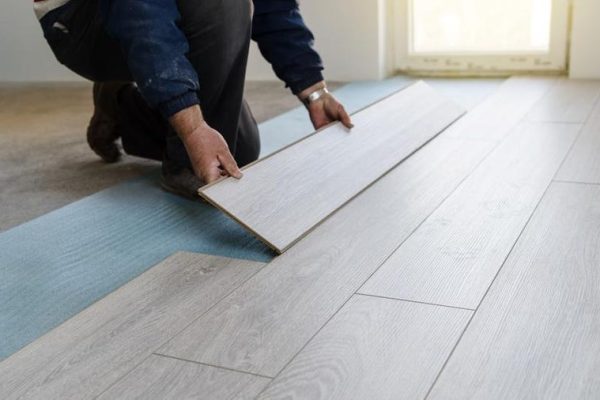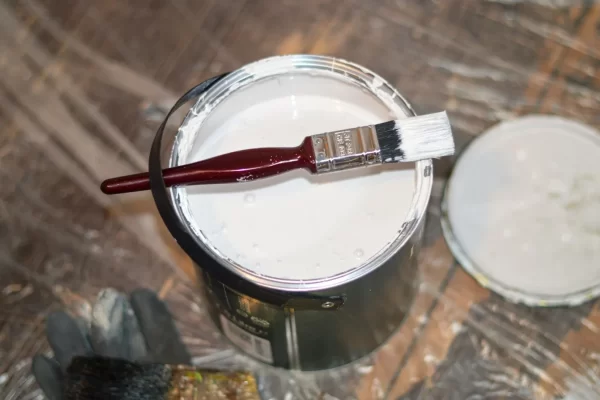If your basement has become humid over time, now is the time to take steps towards waterproofing your home.
Exterior water drainage is one of the most efficient ways to waterproof a basement. This method involves digging a trench along the foundation walls and filling it with gravel before installing a drain that redirects excess water away from your home’s foundation.
Interior
Step one in waterproofing a basement involves identifying and treating its source of moisture. Depending on its severity, this may involve exterior or interior solutions.
Foundation cracks are typically the leading source of basement flooding. They’re caused by oversaturated soil surrounding your foundation wall exerting pressure that leads to cracking. To rectify this situation, grade the yard with at least a 2 percent slope in one direction away from your home – doing this will divert roof runoff away from causing flooding of the basement.
If you need help grading your yard, consulting a landscape architect or civil engineer may provide valuable insights. They could recommend clearing away foundation plantings, flowerbeds and shrubbery that might direct water into the basement. You can click the link: https://www.wikihow.com/Level-Your-Yard to learn more about this process.
Replacing gutters and downspouts that don’t properly drain water away from the house may also help. By installing or upgrading existing drainage systems, you can prevent water from entering your basement.
Dehumidifiers are one solution to help lower basement humidity levels, but waterproofing the walls is the most reliable long-term strategy to keep moisture at bay and out.
Cost of basement waterproofing varies based on your chosen method, materials and labor costs. Sealants tend to be less costly than epoxy applications for this task.
Epoxy injections are an efficient method for sealing basement walls, yet can be expensive; up to $6 per square foot could be spent.
Sodium bentonite, a clay-like natural sealant, can be used to fill wall cracks. At around $2 per square foot, sodium bentonite offers a more cost-effective solution than traditional vapor barriers.
A basement’s interior is an integral component of the house and should be treated accordingly.
Proper waterproofing methods like using vapor barriers or paint do an effective job of stopping moisture from penetrating walls and decreasing humidity; however, these solutions often only offer short-term fixes. Should the problem persist, it might be best to seek Lancaster waterproofing professionals to help address its source. They can help guide you to the right solution for you.

Exterior
Exterior basement waterproofing is a popular solution among homeowners who prefer an easy solution for leaky basement walls without doing interior work. By blocking water seepage at its source, exterior waterproofing helps stop future mold growth while increasing resale value of homes.
Exterior waterproofing involves excavating out the soil around your foundation and installing drain tile at its base, to collect any water that has already penetrated it and direct it towards a sump pump or gravity drains for drainage.
Once drain tiles are in place, gravel is spread on them to alleviate hydrostatic pressure caused by excavation. Once this layer of gravel has been completed, a layer of soil covers it up completely to complete the system.
After applying the initial coat, a second layer of a commercial grade rubberized waterproofing material is then added on top, followed by rolling reinforcement mesh over it in order to strengthen and provide added protection for its membrane.
Air-gap drainage membrane will then be rolled over the top to ensure any water that enters through an exterior foundation drain will drain directly to the sump pump and not flow directly back onto your property. Once completed, a final grade will be set on your property while any concrete sidewalks, steps, gardening, or landscaping which was moved during excavation work is restored back into their proper places.
Exterior waterproofing may be more expensive than interior methods, but the investment pays dividends. Not only can it keep your basement dry but it also helps lower humidity and air conditioning bills by clearing away dampness from the atmosphere.
Sump Pumps
Sump pumps can be an invaluable addition to any basement and can make a real difference in preventing damage. Not only can they keep flooding at bay and water damage at bay, but they can also prevent mold growth in your space and stop further mold growth. You can visit this site for more information about the effects of mold.
Sump pumps are installed in pits to collect groundwater from nearby drainage systems and divert it away from your home. Drain rock and tile typically collect this liquid, before pumping it to your sump tank on your basement floor for storage.
A sump pump is connected to a series of pipes that allow water to be discharged from its pit whenever needed. Some systems also feature check valves or anti-siphon devices to prevent backflow into your home from this water source.
As soon as your basement reaches a certain level of flooding, water will automatically be pumped outside into an outside drainage system via an external discharge pipe, typically located in a storm drain, trench, or similar place that will keep the excess away from your home and foundation.
An effective way to prevent basement flooding and protect both property and belongings, using a pump may save thousands in repair costs and replacement materials.
Consider investing in a battery backup pump as added protection in case the power goes out. These types of pumps feature a float switch which activates their batteries until power returns – staying running until then!
Considerations when selecting a sump pump include its size and frequency of flooding in your basement. In general, larger homes require higher horsepower pumps than their smaller counterparts.
Dependent upon your needs, you may opt for either a pedestal sump pump or submersible sump pump installation. Pedestal pumps take up less room in your basement but may become noisy over time and clog more easily than submersible models.
Submersible sump pumps can be more cost-effective than their pedestal counterparts; however, they may be more costly. Furthermore, submersibles come equipped with battery backup technology for added versatility in all environments.
There are several different options for homeowners looking to waterproof their basement. You can always consult with professionals for expert guidance on your specific situation.




